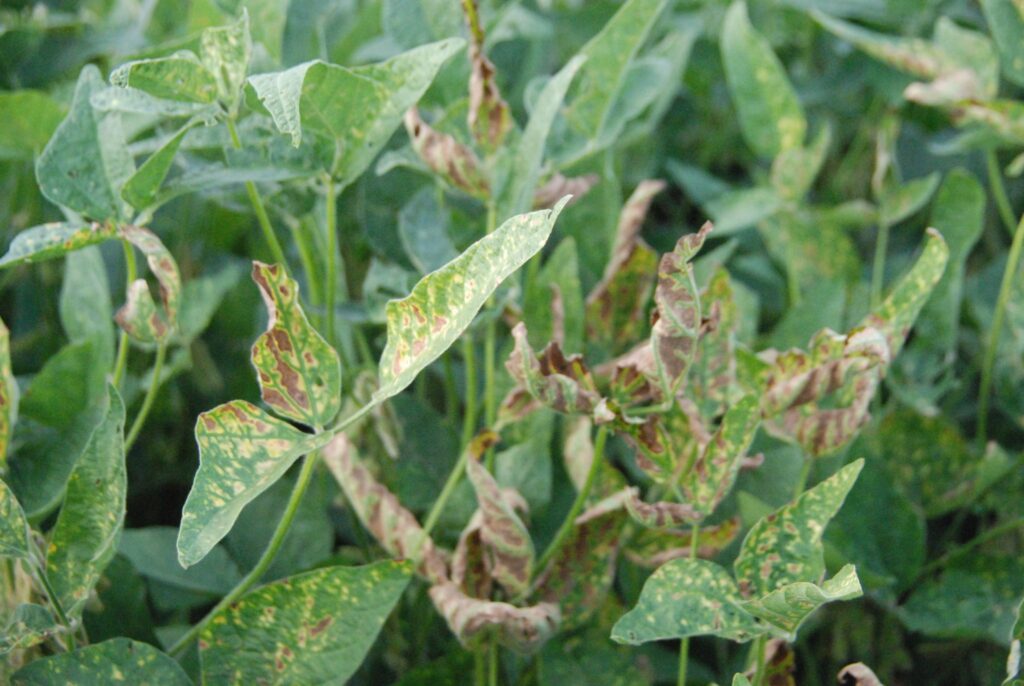LIMAR COMBI SC: Dual-Action Herbicide for Effective Weed Control in Maize
Limar Combi SC is a herbicide for the pre-emergence and early post-emergence control of annual grasses and selected broad-leaved weeds in maize.
Limar Combi SC is a herbicide for the pre-emergence and early post-emergence control of annual grasses and selected broad-leaved weeds in maize.
Duramon 30 is a slow release nitrogen fertilizer enriched with sulphur, zinc and magnesium that are necessary for photosynthesis.
Multiphos 10-25-0 + TE is a granular Compound NP fertilizer (Chemically Formulated) containing secondary and microelements for direct application to soil or in physical mixtures.

Phytotoxicity is defined as a delay of seed germination, inhibition of plant growth or any adverse effect on plants caused by specific substances (phytotoxins) or growing conditions.The management of phytotoxicity aims at lowering the toxic effect on a crop. If not properly managed, its effects are detrimental to the general plant growth and the production level. Some symptoms of the toxic effects include leaf chlorosis, necrosis and stunted growth. In worst-case scenarios, it lead to total damage to the crop.
Abiotic factors, fertilizers, and chemicals from herbicides and pesticides are the common factors that cause phytotoxicity in crops.The level of toxicity, however, can be managed through different practices.
For phytotoxicity resulting from excessive fertilizer use, cultural practices like irrigation help in managing and reducing the toxic effects. The use of compost and manure also helps in degrading chemical compounds that cause phytotoxicity in soil.
Regulate abiotic factors like drought and high temperature on sensitive plants by using humidifiers and proper irrigation programs.
Mix only compatible chemicals to avoid mixtures that cause phytotoxicity on crops.
Managing phytotoxicity will require keen observation on various aspects; the chemical applied, its rates, plant susceptibility, the conditions during application, and the level of damage on the crop.